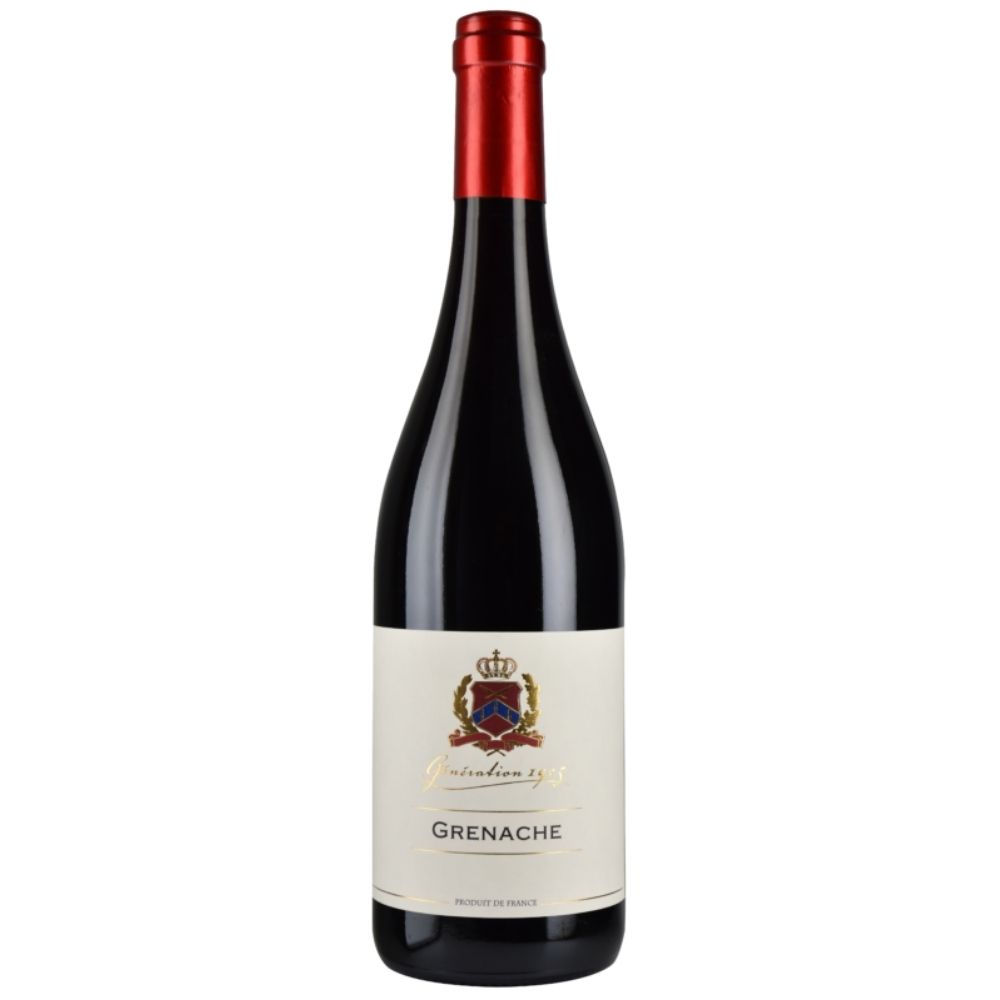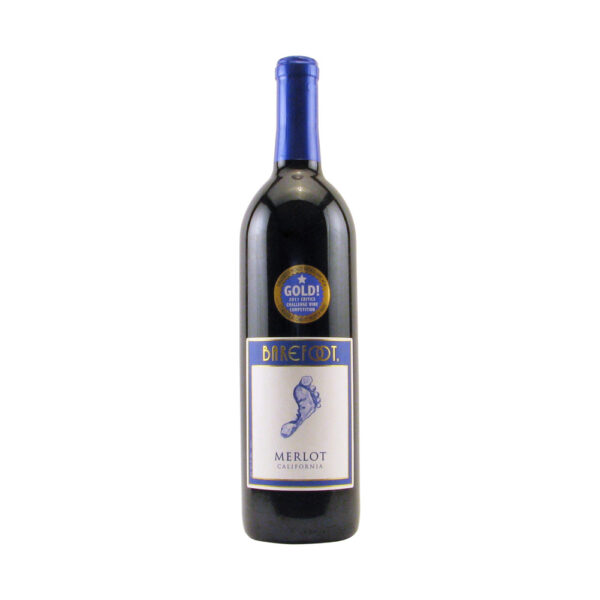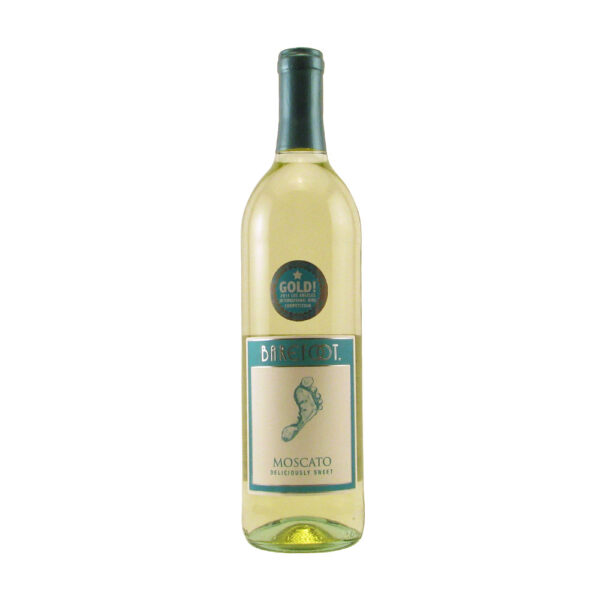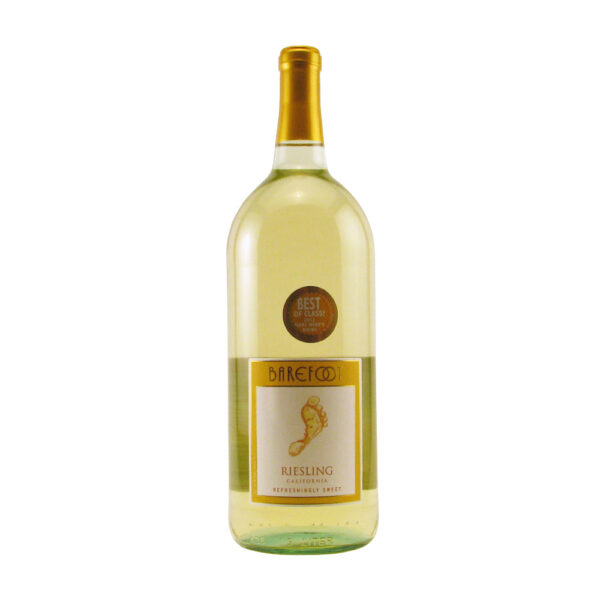Description
Generation 1905 Grenache
Wine-Making
Clay-limestone soils provides sufficient water reserves in the limestone earth that the grapes can reach its desired maturity. Mediterranean climate with continental influences.
Harvest when grapes are fully matured. Traditional vinification with destemming and crushing of the grapes, and temperature controlled to preserve the aromatic potential. Aged for six months in concrete tank.
Generation 1905 Grenache features a nice crimson color. The nose delivers red cherry and cranberry alongside white pepper. Juicy red fruit is echoed on the palate that’s loaded with bouncy acidity and gentle tannins. A delicate and charming red wine! Pair this Grenache with grilled meat, provencal cuisine, and goat cheese.
90 POINTS WINE ENTHUSIAST
Generation 1905 Grenache Notes To Your Senses:
- TASTE: Juicy red fruit, bouncy acidity and gentle tannins
- AROMA: Red cherry and cranberry with notes of white pepper
- APPEARANCE: Crimson
- ABV: 13.5%
- PAIRING: Grilled meat, provencal cuisine, and goat cheese
Red Wine:
Bringing out the best aromas and flavors of red wine can be achieved through the correct storage of temperature, generally between 50 to 55 degrees. Of course, this is a general rule of thumb as it depends on the grapes used when producing wine. There are so many health benefits due to the tannin. Procyanidins are a type of condensed tannin that is found in green tea and dark chocolate. Speaking of health young red wines are better than old as they have more tannin. However, as red wine ages, they become lighter. Very old wines are translucent and pale.
Vitis vinifera originating from Eastern Europe makes up most of the common varieties of red wine. The aromas of red wine come from grapes only. Cherry, berry, jam, and herbs are all from fermented grapes and wine aging in oak barrels. Pretty simple for such a rich, complex, and tasteful wine!
Master Sommelier Little Known, Big Facts:
- The color of wine depends on the fermentation extracts using skin, like Red wine as compared to white wine, leaving the skin behind
- The oldest bottle of wine dates back to A.D. 325; it was found in Germany inside two Roman sarcophaguses
- The worst place to store wine is usually in the kitchen because it’s typically too warm, in refrigerators, their warmest setting can be too cold
- Richer heavier foods usually pair well with richer, heavier wines; light wines pair with lighter foods
- Generally, a vintage wine is a product of a single year’s harvest, not when the wine is bottled
- A “dumb” wine refers to the lack of odor while a “numb” wine has no odor and no potential of developing a pleasing odor in the feature
- If a server or sommelier hands you a cork, don’t smell it, look for the date or other information ( mold, cracking, or breaks)
- Tannin is a substance that tingles the gums when you indulge your palate with a sip of wine, it’s an excellent antioxidant
- Smell is by far the most important sense when it comes to drinking wine
- Wine was first developed in Mesopotamia, not France
- French wines are labeled following the soil on which they are produced, not according to the grape used
- When chilling wine, adding salt to ice will cool it down faster
Warnings:
You must be 21 or over to purchase this product






Reviews
There are no reviews yet.